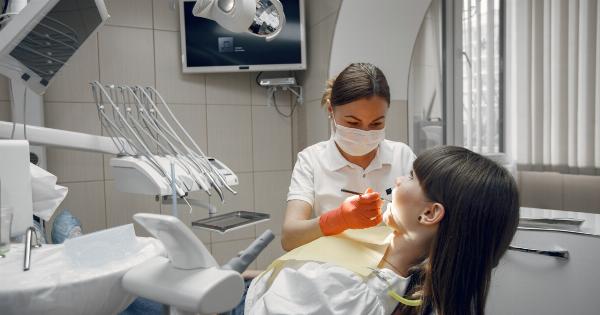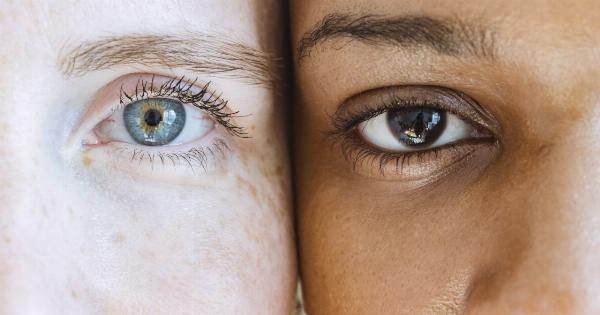Blue eyes are beautiful, unique, and rare. They make up only 8% of the world’s population, making them incredibly special. However, people with blue eyes might not be aware of the hazards they face due to their eye color.
This article aims to shed light on these risks and provide preventive measures to avoid them.
Sensitivity to Light
Blue eyes are much more sensitive to sunlight than brown eyes. The iris, the colored part of the eye, determines how much light enters the eye.
People with blue eyes have less melanin in their irises, which makes their pupils dilate more easily, allowing more light to enter. This makes them more prone to UV damage and can lead to cataracts and macular degeneration.
Increase in Cancer Risks
People with blue eyes are at higher risk of developing skin cancer due to their fair skin. Studies show that individuals with blue eyes, especially those with lighter hair and skin, are more susceptible to skin cancer caused by ultraviolet light.
Therefore, it is essential to take adequate precautions, such as using sunblock and avoiding direct sunlight during peak hours.
Increased Risk of Macular Degeneration
As mentioned earlier, the lack of melanin in the irises of blue-eyed individuals makes them more vulnerable to UV radiation. One of the issues this can cause is an increased risk of age-related macular degeneration.
This is a condition that causes a gradual loss of central vision due to the deterioration of the macula, which is the part of the retina responsible for fine detail and color vision.
Higher Sensitivity to Drugs and Anesthesia
Individuals with blue eyes are more sensitive to anesthesia during surgery. The reason behind this is that blue eyes have fewer melanin pigments in the iris and thus are exposed to more light, as previously mentioned.
This results in the increased production of acetylcholine, a crucial neurotransmitter that the body produces all-naturally. As a higher amount of acetylcholine produced during anesthesia, people with blue eyes are more prone to the side effects such as respiratory distress and CNS complications.
Increased Risk of Color Blindness
Color vision deficiency is prevalent in people with blue eyes, even though it is inherited. Color blindness is a condition that leads to the inability to distinguish colors correctly due to a defect in the cone cells of the retina.
The condition is prevalent in males, with around 8% of them experiencing some degree of color blindness. The most common type of color blindness is red-green color blindness, affecting up to 8% of all males, and is less likely to occur in females.
Higher Risk of Age-Related Hearing Loss
People with blue eyes are more likely to suffer from age-related hearing loss than those with darker eyes. A study shows that men with blue eyes have an 81% higher risk of age-related hearing loss than those with brown eyes.
One theory suggests that people with blue eyes have a genetic mutation linked to age-related hearing loss. However, more research is needed to examine the link between the two factors.
Higher Risk of Autoimmune Diseases
Autoimmune diseases are more prevalent in individuals with blue eyes due to their genetic makeup. Recent studies suggest that eye color is related to the likelihood of autoimmunity development.
The immune system mistakenly attacks and destroys healthy tissues in autoimmune diseases. Research shows that people with blue eyes produce less melanin than people with brown eyes, which makes them prone to autoimmune diseases.
Preventive Measures
Although people with blue eyes are more susceptible to certain hazards than those with darker eyes, there are ways to reduce the risks involved. Wearing sunglasses that protect against UV radiation can help prevent damage to the eye.
Using sunscreen and avoiding the sun during peak hours, especially during summer, can reduce the risks of skin cancer.
Regular eye checkups are crucial, especially for people with blue eyes and a family history of eye diseases. Early detection of eye diseases like macular degeneration can save one’s vision.
Moreover, adequate hearing protection, such as wearing earplugs or earmuffs in noisy environments, can help prevent hearing damage in people with blue eyes.
Conclusion
Blue eyes are incredibly beautiful, but it is essential to be aware of the hazards they may pose.
People with blue eyes must take sufficient precautions to protect their eyes and overall health, and regular eye and hearing checkups can help detect any issues early on. If you have blue eyes, it’s crucial to take care of them through proper prevention measures to avoid any complications in the future.






























